Last updated on September 8th, 2022
Facts for Kids
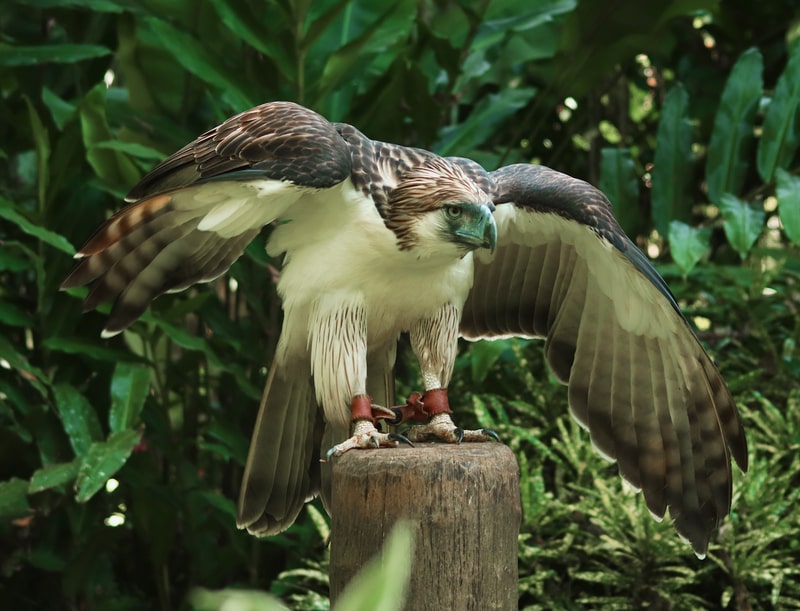
31. The national symbol of the Republic of the Philippines is the national bird of the country, the monkey-eating eagle (or Philippine eagle). This is the largest of all the eagles with a wingspan of almost seven feet wide. Because this eagle is critically endangered, killing one is punishable by 12 years in prison as well as a heavy fine. It is estimated there are only 180 to 500 of these eagles remaining.
32. The only place in the world where skunks are found other than America is Indonesia and the Philippines, where they are called stink badgers.
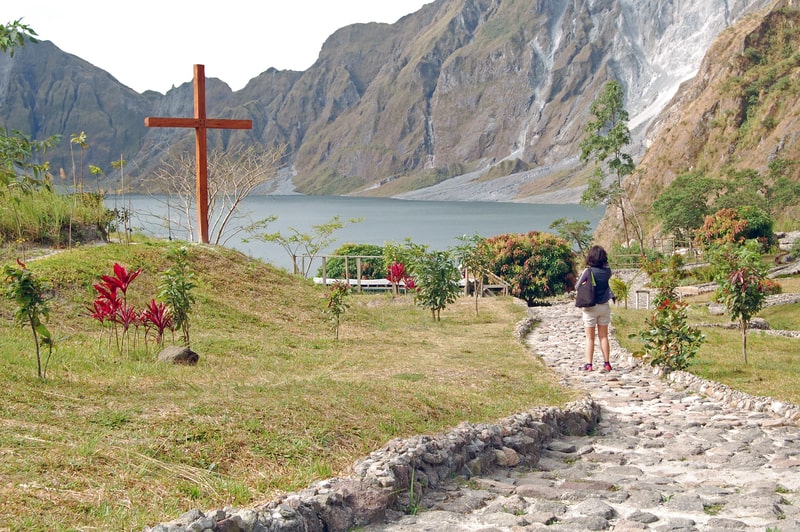
33. In June of 1991, Mount Pinatubo erupted and sent up a mushroom cloud of ash twenty five miles high. The effects of this destructive eruption were felt throughout the world as 20 million tons of toxic sulfur dioxide remained in the earth’s atmosphere for more than a year, lowering its temperature by a degree for the same amount of time. There were 184 people injured and over 847 people killed when it erupted and more than a million people left homeless.
34. It is the only country in the world whose flag is flown upside down when the country is at war.
35. There are no large predator animals in the Philippines except for snakes (cobras and pythons), birds of prey (like the monkey-eating eagle), and salt water crocodiles.
Interesting and unusual facts
36. On these volcanic islands, mineral deposits are abundant but remain largely untapped presently. The Philippines is believed to have one of the largest copper deposits in the world and the second- largest gold deposits after South Africa. It also has a supply of chromite, zinc and nickel. The country is, however, the world’s second-largest geothermal energy producer (after the U.S.).
37. The Philippines is one of the world’s ten most biologically megadiverse countries due to its huge and diverse range of flora and fauna, including more than 170 species of birds and 100 species of mammals not found to exist anywhere else on earth so far. (Megadiverse indicates a country that harbors a high number of endemic species.) This country has one of the highest rates of discovery in the world; sixteen new mammal species have been discovered in the last decade.

38. The Philippines’ waters are an important part of the Coral Triangle. The Sulu Sea’s Tubbataha Reef is a 1993 World Heritage Site. It sustains the cultivation of seaweeds, crabs and pearls. Seven of the world’s eight giant clam species are found in the country’s waters. The most expensive and rarest seashell in the world is from the Philippines. The Conus gloriamus sold at auction for around $5,000.
39. One acute problem found in the country is deforestation, making the Philippines both a megadiversity country as well as a biodiversity hotspot for global conservation. (A hotspot has a critical need to conserve endangered and threaten species.)
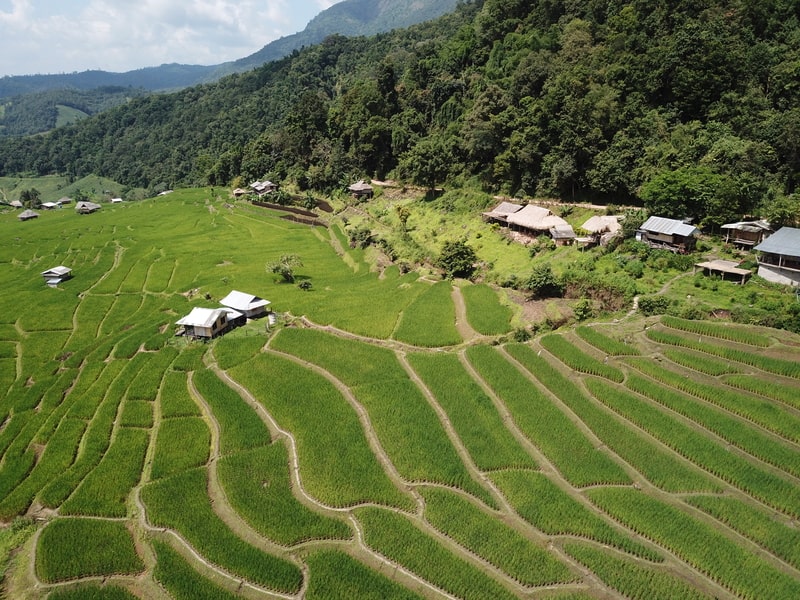
40. The rice terraces of the Cordillleras remain as they were in pre-colonial times and are considered by the Filipinos to be the eighth wonder of the world. They were built over 2,000 years ago and are a UNESCO World Heritage Site today.
41. Before the discovery of an underground river in Mexico, Palawan’s Puerto Princesa Subterranean River in the Philippines was the longest underground waterway in the world. It is five miles (over eight kilometers) long. Mexico’s is over six miles long.
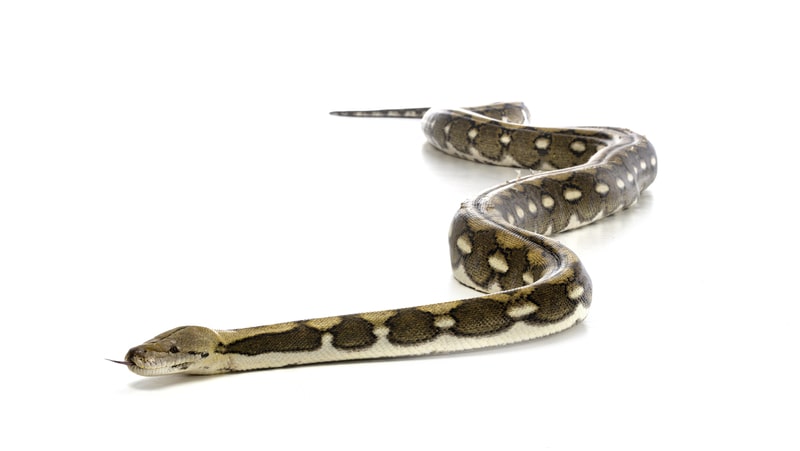
42. Not only is the country home to the longest snake in the world, it is also the world’s longest reptile. The Reticulated Python can grow to be as much as almost 29 feet in total length.
43. The Philippines’ capital city of Manila gets its name from the Nilad, a tree with star-shaped white flowers sometimes called the Indigo tree because it yields blue dye.
44. American soldiers can back from World War II with a new word in their vernacular: “boondocks”. If you live out in the “boonies”, you are isolated from others. The Word actually is based on a Filipino Tagalog word that means “mountain” – bundok.
45. After World War II, the Jeeps American GIs drove in the Philippines were left behind and converted into the Philippine Jeepney for carrying multiple passengers. Today’s 2nd and 3rd generation Jeepneys include air conditioning and closely resemble colorful mini-buses.
46. Three of the ten largest shopping malls in the entire world are located in the Philippine islands. They are SM Mall of Asia, SM North Edsa, and SM Megamall.
47. Filipino Pedro Flores introduced the modern form of the yo-yo as a popular toy but it actually had its beginning as an ancient studded hunting weapon attached to a long rope. The name is from the Ilocano language and means “come back”.
48. Filipino Dr. Abelardo Aguilar invented the antibiotic erythromycin in 1949. When he sent a sample to the Eli Lilly pharmaceutical company (his employer), they quickly patented it. It is used for people who are allergic to penicillin and has saved millions of peoples’ lives.
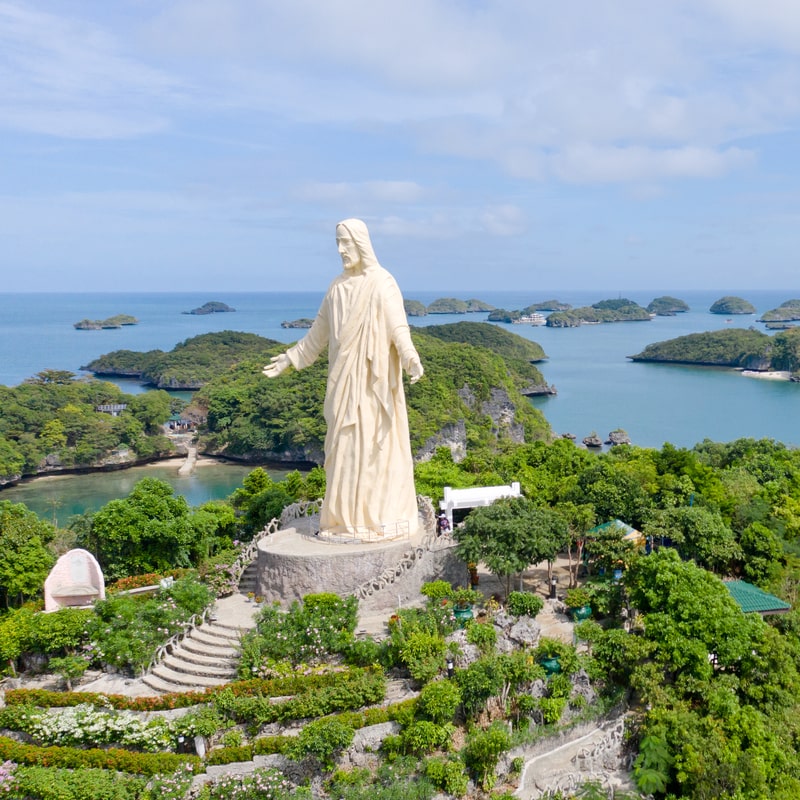
49. In 1975 Filipino Roberto del Rosario patented the “Sing Along System”, the first working karaoke machine. The Japanese later translated the name to “karaoke”, meaning “singing without accompaniment”.
50. Ferdinand Marcos, the country’s first elected president, died two decades ago yet hasn’t been properly buried yet. He is “on ice” while officials decide if he should be buried with other past presidents and the Philippines’ heroes in the cemetery reserved specifically for them or not.
A fusion of a variety of cultures creates the uniqueness that is the Philippines. From its majestic active volcanoes to the colorful Jeepneys that carry you from place to place, the Philippines are waiting to be discovered.
The Philippines facts – country at a glance
| Independence | 4 July 1946 (from the US) |
|---|---|
| Capital City | Manila (14°35′N 120°58′E) |
| Largest city | Quezon City (14°38′N 121°02′E) |
| Agricultural land | 41% |
| Life expectancy at birth | 70.14 Years (2022) Life expectancy at birth indicates the number of years a newborn infant would live if prevailing patterns of mortality at the time of its birth were to stay the same throughout its life. |
| Population | 118,277,063 (2024 est.) |
| Population growth rate | 1.52% (2020 est.) |
| Literacy rate | 98.2% |
| Demonyms | Filipino (masculine) Filipina (feminine) Pinoy (colloquial masculine) Pinay (colloquial feminine) Philippine (English) |
| Currency | Peso (Filipino: piso) (₱) (PHP) |
| Suffrage | 18 years of age; universal |
| Area | total: 300,000 sq km land: 298,170 sq km water: 1,830 sq km (slightly less than twice the size of Georgia; slightly larger than Arizona) |
| Borders | No land borders. Maritime borders with China, Indonesia, Japan, Malaysia, Palau, Vietnam, and Taiwan. |
| Government type | presidential republic |
| President | Bongbong Marcos |
| Vice President | Sara Duterte |
| Official Language | Filipino and English |
| National anthem | "Lupang Hinirang" (Chosen Land) |
| Religion | Roman Catholicism |
| National symbol | three stars and sun, Philippine eagle |
| National holiday | Independence Day, 12 June (1898); note - 12 June 1898 was date of declaration of independence from Spain; 4 July 1946 was date of independence from the US |
| National colors | red, white, blue, yellow |
| Climate | tropical marine; northeast monsoon (November to April); southwest monsoon (May to October) |
| Terrain | mostly mountains with narrow to extensive coastal lowlands |
| Mean elevation | 442 m |
| Lowest point | Philippine Sea 0 m |
| Highest point | Mount Apo 2,954 m |
| Coastline | 36,289 km |
| Natural resources | timber, petroleum, nickel, cobalt, silver, gold, salt, copper |
| Birth rate | 22.1 births/1,000 population (2024 est.) |
| Death rate | 6.2 deaths/1,000 population (2024 est.) |
| Sex ratio | 1 male(s)/female (2024 est.) |
| Industries | electronics assembly, garments, footwear, pharmaceuticals, chemicals, wood products, food processing, petroleum refining, fishing |
| Exports | $103.714 billion (2023 est.) semiconductors and electronic products, transport equipment, garments, copper products, petroleum products, coconut oil, fruits |
| Imports | $150.914 billion (2023 est.) electronic products, mineral fuels, machinery and transport equipment, iron and steel, textile fabrics, grains, chemicals, plastic |
| GDP - per capita (PPP) | $9,900 (2023 est.) |
| Time Zone | UTC + 8:00 |
| Internet country code | .ph |
| Calling Code | +63 |
| Drives on the | Right |
| Table last updated | February 26, 2025 |
